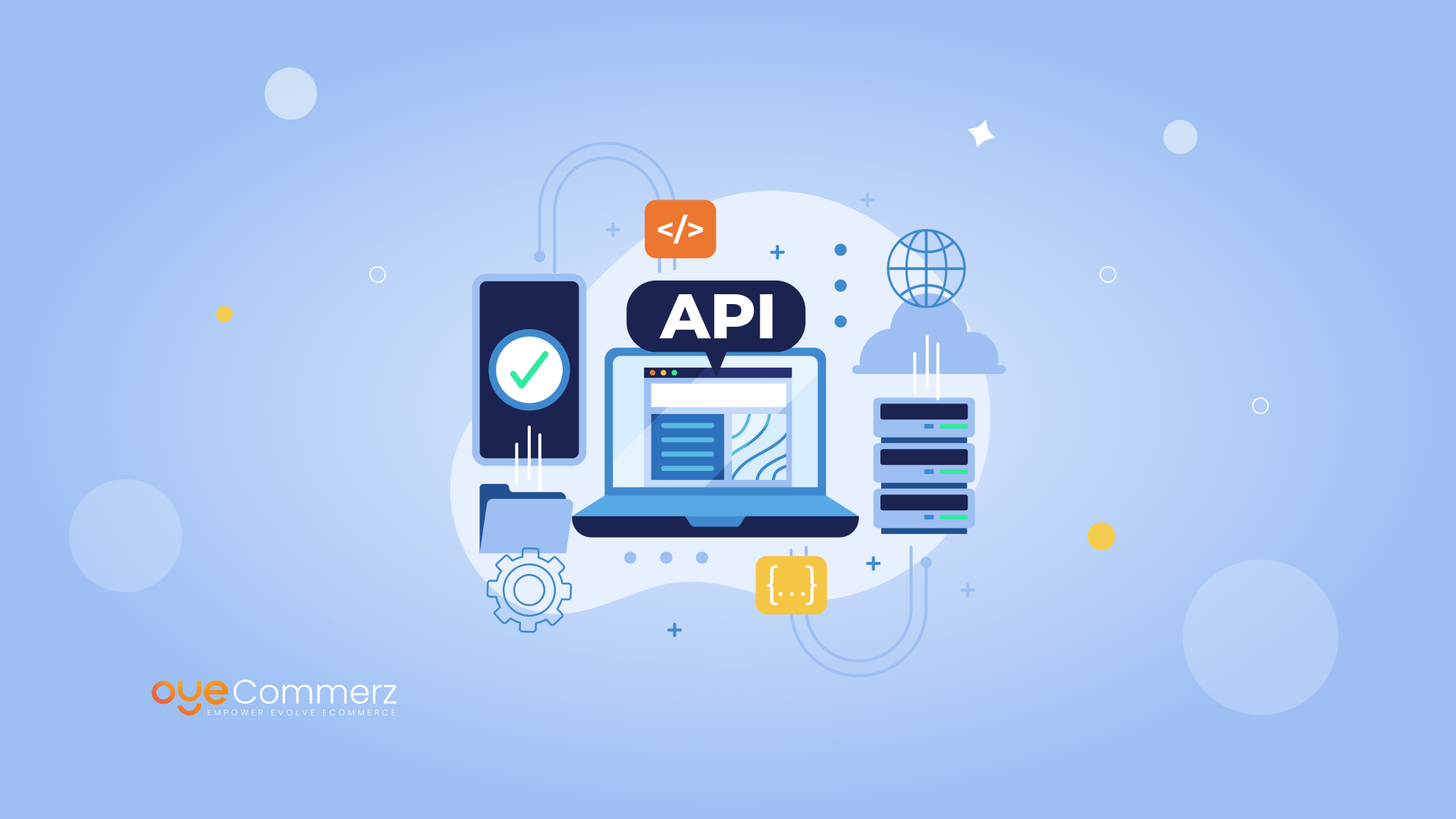
Introduction
In today's competitive e-commerce market, Shopify store owners are always looking for ways to increase revenue and optimize their business processes. An impactful solution is through tailored Shopify apps customized to meet unique operational goals. Connecting with the Shopify API and utilizing tools like the Polaris design system, such applications empower companies to expand effectively while boosting user interaction. In this blog, we’ll discuss essential elements of Shopify application creation, from design factors and key components to best practices for upkeeping and expanding app capabilities efficiently.
1. Grasping Shopify API Linkage
A solid understanding of Shopify’s Application Programming Interface—including REST and Graph Query Language—is essential for building reliable Shopify applications. With these APIs, engineers can fetch, update, and manage data within a Shopify site. The GraphQL API enables efficient information processing, enabling faster replies by obtaining only the essential elements. Connecting the API allows programmers to adapt app capabilities to the business’s unique requirements, ensuring a seamless customer interaction that improves business productivity and sales.
2. Leveraging the Shopify’s Polaris framework
Shopify’s Polaris design system enables developers to build a unified and user-friendly interaction across Shopify apps. Polaris provides a suite of building blocks and guidelines that fit with Shopify’s branding, allowing apps look integrated within the Shopify interface. This approach doesn’t just aids natural user interactions but also helps maintain visual identity, an critical factor in creating credibility with customers.
3. Creating within the Shopify Application Network
The Shopify app ecosystem is broad, allowing programmers to develop built-in Shopify applications that function in a store's admin panel. Integrated applications simplify the customer journey by integrating directly within Shopify’s platform, cutting down on the requirement for additional authentication or extra steps. For creators, using Node.js for behind-the-scenes operations and React for the UI has emerged as a popular option, as such tools allow growth-ready, adaptive applications that offer an optimal interface.
4. Core Elements for Shopify Apps
A effective Shopify app must have features that resolve key challenges in the e-commerce journey. Real-time alerts for real-time notifications, bespoke design style settings, and multi-platform sales capabilities are vital elements that can boost store management and customer experience. By integrating these functions, Shopify apps don’t just streamline internal operations but also enhance the overall customer experience.
5. Key Strategies for Creating Shopify Apps
When developing Shopify applications, it’s important to maintain industry best practices. Support plans such as consistent improvements, customer support, and safety measures are critical for building user trust. Promotional efforts for Shopify apps can also be used to increase app visibility and downloads. Customer engagement tactics, including prompt messages and incentive plans, are essential for keeping customers and fostering a loyal audience.
6. Expanding Shopify Applications for Future Demand
As Shopify businesses expand, growing app performance becomes vital to scaling infrastructure for Shopify apps accommodate increased traffic and feature requests. Leveraging on-demand resources and focusing on data management through GraphQL can enable apps scale without slowdowns. It’s equally important to have a strategy for scaling the app’s infrastructure to handle expansion, which includes a list for finding a technical team with expertise in Shopify applications.
7. Examining the Cost of Building Shopify Applications
Creating tailored Shopify applications enterprise Shopify app solutions can range broadly in investment depending on the functions, integrations, and personalization needed. Essential elements like data connections, customer engagement tools, and promotional features can drive up costs. However, the revenue benefits is often valuable, as these applications can directly enhance sales and optimize business processes.
8. Upkeep Approaches
Sustaining application performance is equally necessary as initially building it. Ongoing improvements to resolve bug fixes, enhance protection, and keep alignment with the current Shopify framework are key. Planned support measures also include customer support and feature enhancements that keep up with evolving e-commerce trends.
9. Platforms for Creating Shopify Apps
Shopify supplies multiple options to simplify the development process, from app development frameworks like JavaScript runtime and React.js framework to automated notifications for instant alerts. Platforms including Shopify’s CLI enhance the development workflow, while Shopify App Bridge enables embedded apps to connect easily with Shopify’s management dashboard. Such tools are invaluable for developing solutions that are both functional and user-friendly.
10. Emerging Trends in Shopify App Creation
The outlook of Shopify application building is promising, with trends moving towards AI-powered features, expanded multi-platform integration, and improved app extension options. As online shopping develops further, programmers will be required to anticipate these trends to build apps that not only fulfill but surpass market demands.
Summary
Custom Shopify apps offer a strategic way for digital retailers to grow effectively, boost sales, and enhance workflows. From connecting with data interfaces and the Polaris design system to core elements and support methods, all factors of Shopify app development plays a key role in ensuring a smooth journey for users. As Shopify continues to innovate, staying ahead of emerging directions in application creation will help developers make the most of Shopify’s powerful ecosystem, strengthening their standing in the e-commerce market.